Filter by
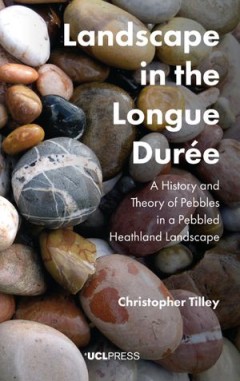
Landscape in the Longue Duree
Pebbles are usually found only on the beach, in the liminal space between land and sea. But what happens when pebbles extend inland and create a ridge brushing against the sky? Landscape in the Longue Durée is a 4,000 year history of pebbles. It is based on the results of a four-year archaeological research project of the east Devon Pebblebed heathlands, a fascinating and geologically unique l…
- Edition
- -
- ISBN/ISSN
- 9781787350816
- Collation
- -
- Series Title
- -
- Call Number
- 720 TIL l
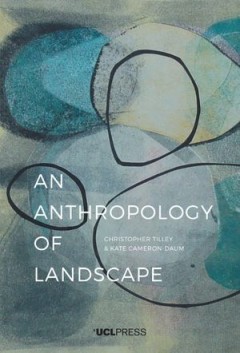
An Anthropology of Landscape
An Anthropology of Landscape tells the fascinating story of a heathland landscape in south-west England and the way different individuals and groups engage with it. Based on a long-term anthropological study, the book emphasises four individual themes: embodied identities, the landscape as a sensuous material form that is acted upon and in turn acts on people, the landscape as contested, and it…
- Edition
- -
- ISBN/ISSN
- 9781911307433
- Collation
- -
- Series Title
- -
- Call Number
- 930.1 TIL a

Glass Making in The Greco-Roman World: Results of The Archglass Project
This book presents a reconstruction of the Hellenistic-Roman glass industry from the point of view of raw material procurement. Within the ERC funded ARCHGLASS project, the authors of this work developed new geochemical techniques to provenance primary glass making. They investigated both production and consumer sites of glass, and identified suitable mineral resources for glass making through …
- Edition
- -
- ISBN/ISSN
- 9789462700079
- Collation
- -
- Series Title
- -
- Call Number
- 930.1 DEG g
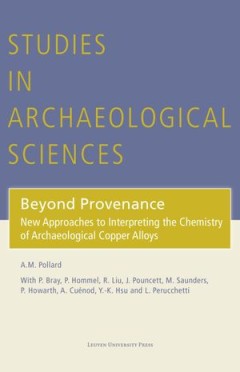
Beyond Provenance
Human intentionality in chemical patterns in Bronze Age metals For the last 180 years, scientists have been attempting to determine the ‘provenance’ (geological source) of the copper used in Bronze Age artefacts. However, despite advances in analytical technologies, the theoretical approach has remained virtually unchanged over this period, with the interpretative methodology only changing …
- Edition
- -
- ISBN/ISSN
- 9789461662668
- Collation
- -
- Series Title
- -
- Call Number
- 930.1 POL b

Religious minorities, integration and the State / État, minorités religieus…
Judaism, Christianity and Islam have coexisted in Europe for over 1300 years. The three monotheistic faiths differ in demography, in the moment of their arrival on the continent and in the unequal relations they maintain with power: Christianity was chosen by a large number of inhabitants and became — in spite of important differences according to place and time —a religion of state. The or…
- Edition
- -
- ISBN/ISSN
- 9782503564999
- Collation
- -
- Series Title
- -
- Call Number
- -
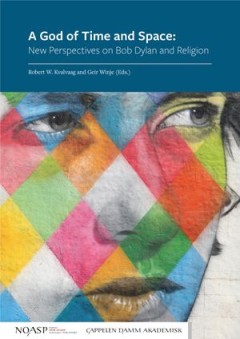
A God of Time and Space
"This book is a collection of essays on Bob Dylan and religion. The eight scientific essays present new perspectives on the subject, aiming to elucidate the role played by religion in Bob Dylan’s artistic output and in the reception history of some of his songs. Few would dispute the fact that religion or religious traditions and the use of religious imagery have always played an important ro…
- Edition
- -
- ISBN/ISSN
- 9788202616540
- Collation
- -
- Series Title
- -
- Call Number
- 808.84 GOD g
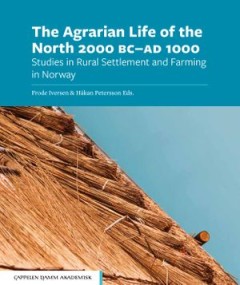
The Agrarian Life of the North 2000 BC AD 1000
The 14 articles presented in this publication represent some of the latest and most relevant research on rural settlement and farming from the Late Neolithic through the Early Medieval Period in Norway. It deals with the impact of climate change, plague and the AD 536â7 volcanic event and some of the earliest farms north of the Arctic Circle. It provides new perspectives and archaeological…
- Edition
- -
- ISBN/ISSN
- 9788283140996
- Collation
- -
- Series Title
- -
- Call Number
- 930.1 DAH a
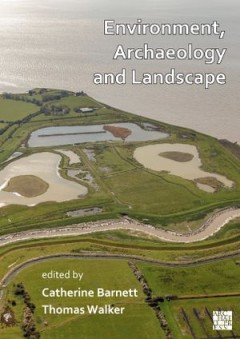
Environment, Archaeology and Landscape Papers in honour of Professor Martin …
Environment, Archaeology and Landscape is a collection of papers dedicated to Martin Bell on his retirement as Professor of Archaeological Science at the University of Reading. Three themes outline how wetland and inland environments can be related and investigated using multi-method approaches. 'People and the Sea: Coastal and Intertidal Archaeology' explores the challenges faced by humans in …
- Edition
- -
- ISBN/ISSN
- 9781803270852
- Collation
- -
- Series Title
- -
- Call Number
- -

Sherborne Old Castle, Dorset Archaeological investigations 1930–90
Sherborne Old Castle was built in Dorset in about 1122–35. The fortified palace was one of several major building projects undertaken by Roger, Bishop of Salisbury. Although Sherborne Old Castle was altered over the next four centuries, most of its original structural elements were retained until the buildings were slighted during the English Civil War. This report describes and analyses the …
- Edition
- -
- ISBN/ISSN
- 9780854312993
- Collation
- -
- Series Title
- -
- Call Number
- -
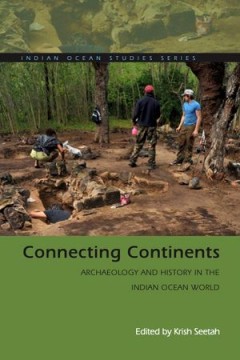
Connecting Continents; Archaeology and History in the Indian Ocean World
In recent decades, the vast and culturally diverse Indian Ocean region has increasingly attracted the attention of anthropologists, historians, political scientists, sociologists, and other researchers
- Edition
- -
- ISBN/ISSN
- 9780821446409, 9780821423264
- Collation
- -
- Series Title
- -
- Call Number
- 930.1 SEE c
 Computer Science, Information & General Works
Computer Science, Information & General Works  Philosophy & Psychology
Philosophy & Psychology  Religion
Religion  Social Sciences
Social Sciences  Language
Language  Pure Science
Pure Science  Applied Sciences
Applied Sciences  Art & Recreation
Art & Recreation  Literature
Literature  History & Geography
History & Geography